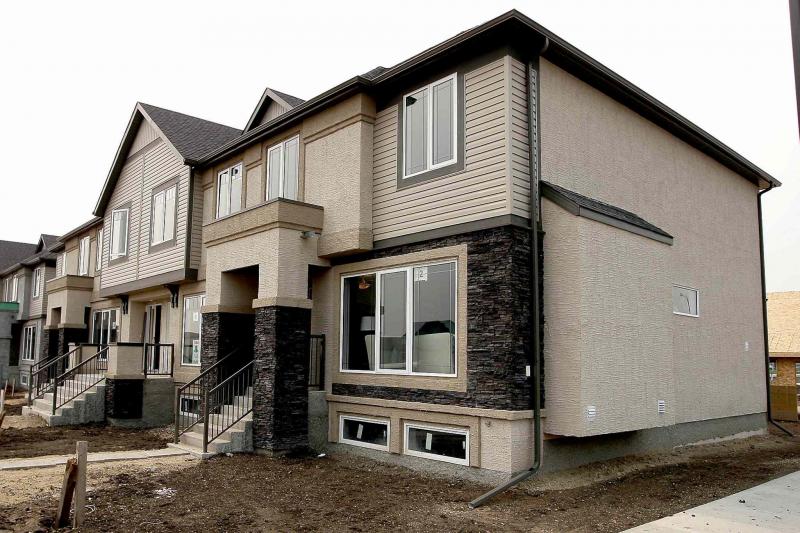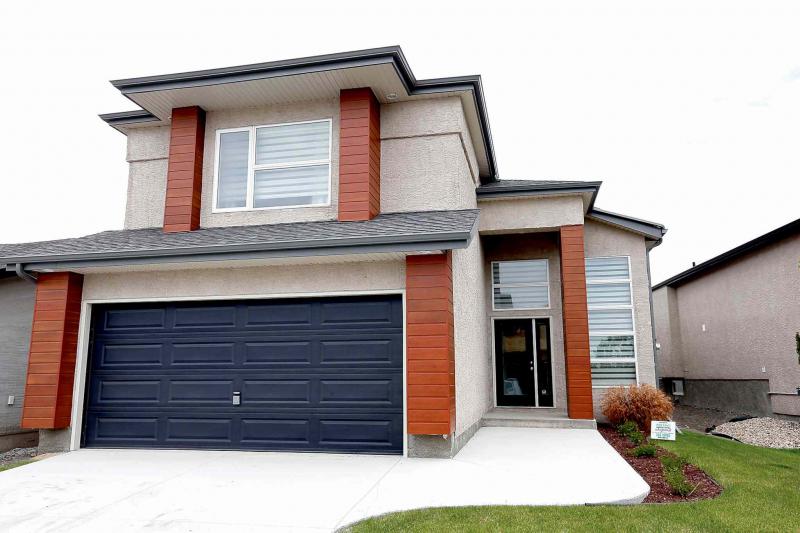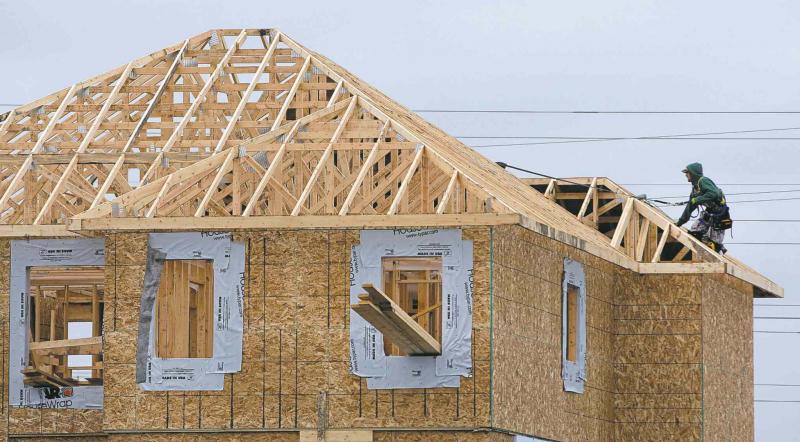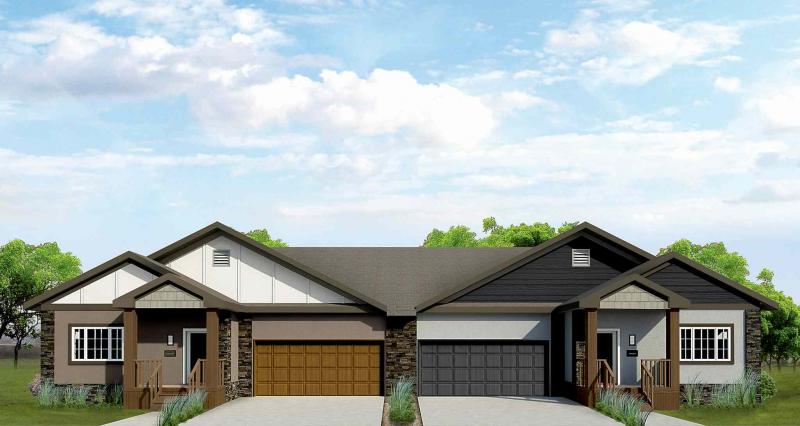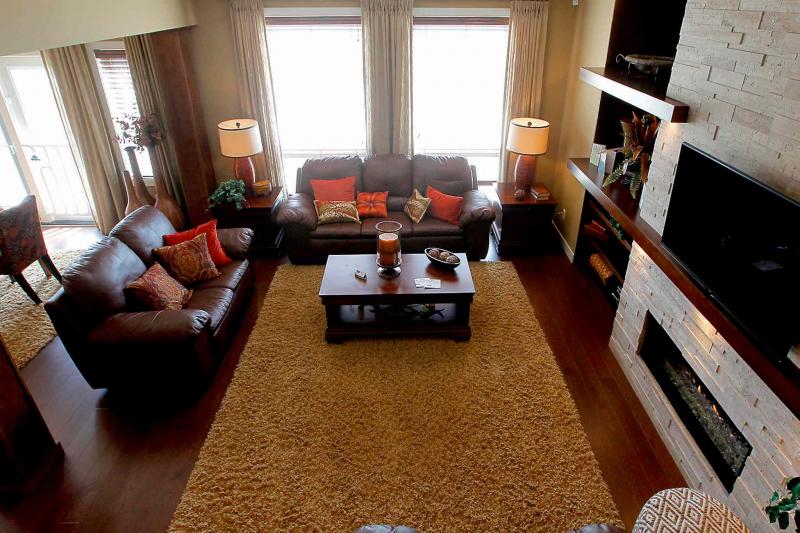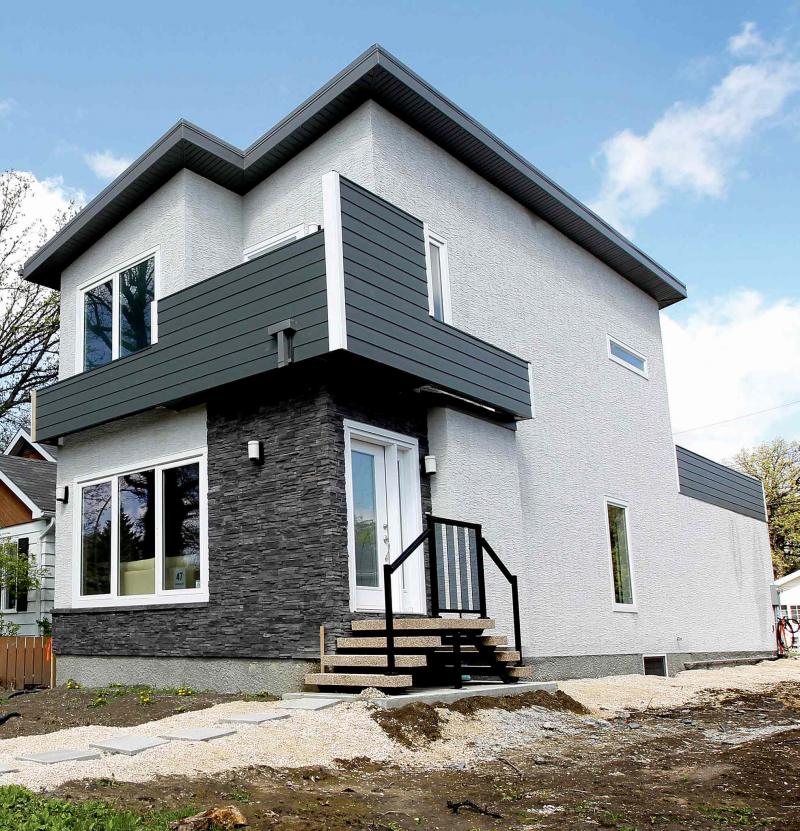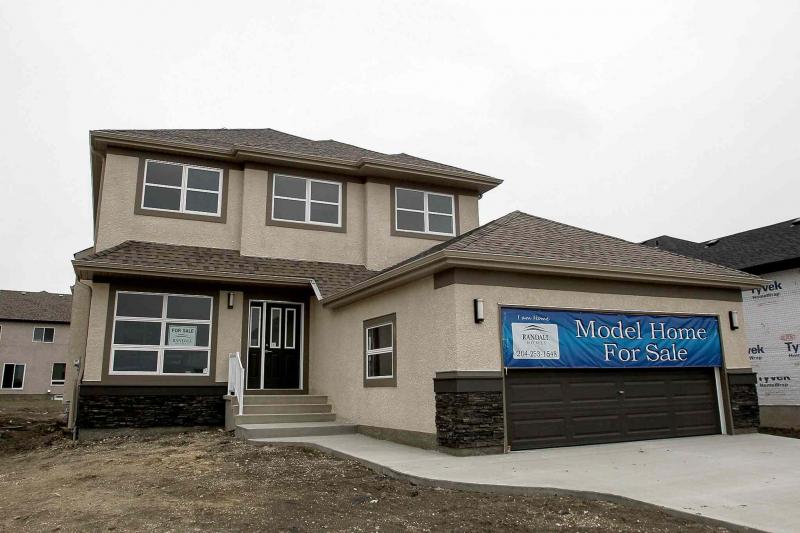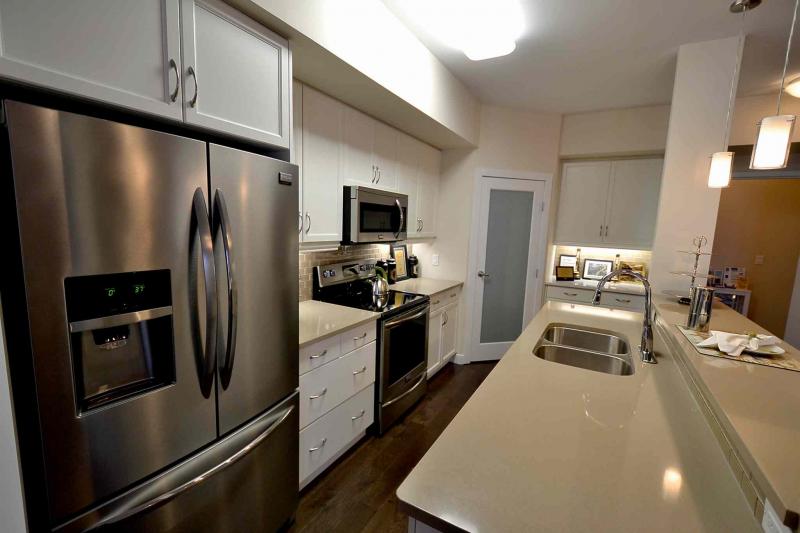New Homes
New Homes
Winnipeg must balance supply and demand
In Winnipeg, we tend to take choice of housing for granted. We have a good mix of multi-family choices. We can also choose among various types of single family detached homes. We also have the choice of new neighbourhoods being developed in the city.
Not so in Toronto and Vancouver.
In the Greater Toronto Area, the cost of building a new single family detached home is closing in on $1 million unless one is willing to commute from Kitchener, Hamilton or Barrie. Condos are the majority of starts within the GTA and townhomes are the closest one can hope to find that resembles a single family home.
Land costs and land use policies have reduced single family starts in the GTA to around three times what we expect in Winnipeg; this, from a metropolitan area 10 times our size in population. The resultant lack of choice leads to a significant increase in prices. It's simple supply and demand.
Vancouver seems to have a different scapegoat for rising house prices: foreign investors.
A recent project, Vancouver House, was marketed around the world and, to date, 35 per cent of the units have been purchased by foreign investors.
Some Vancouverites blame foreign speculation for the 35 per cent increase in property value since 2009.
Burnaby NDP MP Kennedy Stewart has tabled a motion calling for a government investigation into the impact of investor speculation.
Vancouver Mayor Gregor Robertson has suggested implementing a speculation tax on housing speculators to stem the rise in prices.
If we implement detrimental land cost and land use policies such as has happened in the GTA, development changes to less-desirable options or stops completely. When this happens, demand goes up for what currently exists. When supply goes down and demand goes up, prices soar.
Winnipeg needs to continue to grow while maintaining affordability and choice for all current and future residents.
Mike Moore is president of the
Manitoba Home Builders' Association
New Homes
Developers and buyers of homes pay enough
Gordon Sinclair Jr. wrote an excellent column on May 16 regarding a questionnaire that was requisitioned by the City of Winnipeg. The survey, in one form or another, has been around for years; however, it appears this year's version was attempting to verify pre-ordained answers rather than seek opinions.
Sinclair was not alone in his condemnation of the survey. Local expert Lori Wilkinson called the survey "poorly designed" and filled with bad questions.
The Winnipeg Free Press displayed the entire questionnaire online and one would have to possess the patience of Job to complete it. Long, repetitive and leading were some of my first thoughts.
Question 23, which Sinclair highlighted, particularly irked me. It asks, "In order to have development pay more fully for the city's wider costs related to growth and reduce the burden on taxpayers who currently pay fully for this cost, would you support the introduction of a new, one-time fee paid for by the developer or the new-home purchaser?"
This question is wrong in so many ways.
First, as Wilkinson states, it is a double-barrelled question; one question that actually asks two questions but only allows one answer. It desperately begs the respondent to answer yes, but doesn't permit the respondent to choose between the developer or the new home purchaser. Guess what? It doesn't matter. If this new home tax (and yes, this is nothing more than a tax) were applied at any stage of the development, it would be passed on to the builder and then eventually to the purchaser.
The question attempts to steer the respondent towards taxing the developer in a safe, anonymous fashion. After all, no one supports creating new taxes geared toward Winnipeg residents already paying among the highest taxes in the city for fewer services than in more established neighbourhoods, do they?
The question also directs the reader to believe that growth doesn't pay its own way and that existing taxpayers (those answering the phone for this survey) are subsidizing new neighbourhoods. Both are false. New growth subsidizes existing neighbourhoods, not the other way around.
In fairness, the questionnaire introduces a variety of options for paying for infrastructure, including a property tax increase, taking one per cent of the PST, increasing the gas tax and additional car registration fees. However, those questions were worded considerably clearer than question 23 and the responses were not dictated by the question.
How to pay for infrastructure is a problem all of us face. Through the co-ordinated efforts of our elected officials, city staff, the planning and development community and the public, we can strive to work toward a solution. We can certainly do better.
Mike Moore is president of the Manitoba Home Builders' Association

